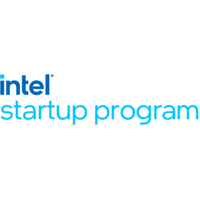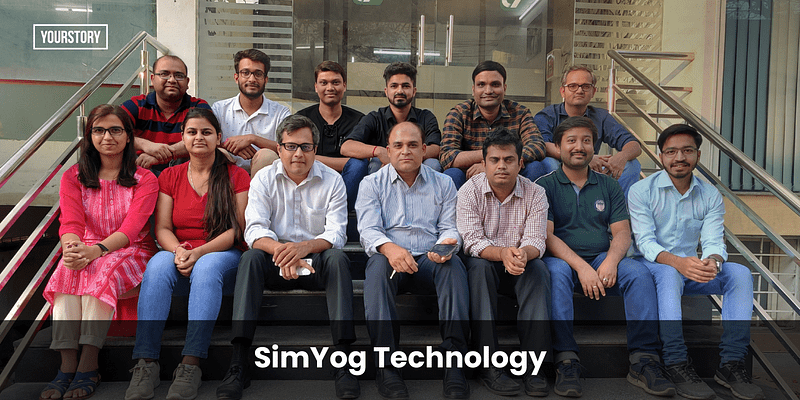
Intel Startup Program
View Brand PublisherHow Intel Startup Program powered SimYog’s plan to drive impact in the automotive electronics space
“Unlike 20 years ago, around 50 percent of a car’s structure today is made of electric and electronic components and not mechanical parts,” that’s the answer that Dipanjan Gope, CEO, SimYog Technology always gives when anyone asks him about the inspiration behind the startup’s flagship product ‘Compliance-Scope’, which addresses the problem of electromagnetic interference (EMI) and electromagnetic compatibility (EMC) in automotive electronics.
Based out of Bengaluru, provides a system-level simulation for automobile designers to catch issues of EMC and EMI early on in the design cycle and provide clues on how to solve it. The virtual lab speeds up the testing of electronic controllers used in cars and trucks.
The solution enables developers to assess electronic components’ resistance to EMI in the design stage. Usually, auto part manufacturers develop prototypes and test for EMI in sophisticated labs before the production stage.
Given the large number of electronics that make up vehicles today, the testing phase is often long and there's always some wait time involved before one can use such labs. Compliance-Scope can help auto companies build fewer prototypes while designing electronic components for cars, thereby reducing their time-to-market and costs.
The electronic design automation startup is the brainchild of Dipanjan, Anant Devi, Harikiran Muniganti, Bibhu Prasad Nayak and Arkaprovo Das. Incidentally, the five founders met at the Indian Institute of Science in Bengaluru, where Dipanjan is still working as a faculty member.
Bibhu says that EMC and EMI can meddle with very common functions of a car. "For instance, the wipers in your car are powered by a battery and this battery is common for different parts of the vehicle. However, the usage of batteries for wipers may generate some noise that might make its way to the radio. So, when you switch on the player, you might get some radio noise due to EMC.”
When academicians turn entrepreneurs
Turns out being deep-rooted in academia had its own advantages for the SimYog team. For starters, their products were built on the technology licensed by IISc. "So, some of the technical differentiators originated from academia. Also, more than 50 percent of our staff is IISc alumni and the institute has supported us extensively in our journey," says Dipanjan. SimYog was incubated by IISc's deep tech startup incubator. Its 20-member team also includes several interns from the founders’ alma mater.
During their research for individual projects, the founders noticed that EMI/EMC was an underserved category, especially when it comes to the availability of simulation-based solutions. "When we visited Bosch's EMI/EMC chamber, we got to know that even the internal groups of the company had to wait over a month to use the chamber. We thought about how a virtual lab which could be accessed from a desktop could not only reduce the wait time, but would also ensure that car companies pick up faults in design early on," says Dipanjan.
With an idea taking shape, the team got down to plan the design. Their biggest challenge was to ensure that the virtual lab produced results as accurate as a physical one. "EMC is a system-level simulation and very sensitive to small changes in the design. So, we had to face plenty of technical challenges when we started. The other challenge we faced was related to the stimulus for simulation. In EMC emission tests, the noise source is mostly a semiconductor device present in the system. In case of EMC immunity test, the victim is as well, semiconductor devices. This makes correct modelling of these devices in EMC prospects an absolute necessity" explains Anant.
To make its EMC/EMI immunity tests more efficient, SimYog is working on a solution by leveraging machine learning, especially for modelling of semiconductor devices . The team says that the lack of qualified professionals was another hurdle that they faced in designing the final product.
“Given our niche field, we needed people with a specific skill set that makes finding suitable candidates extremely difficult. We have so far tackled this problem by selecting candidates after extensive research and training fresh hires,” says Harikiran.
Exploring new opportunities in high-performance computing
The startup is also venturing in the high-performance computing space. "Electromagnetic simulations are compute and memory intensive. Scaling up processing speeds and having a number of parallel cores and more memory in computers can help in leveraging EM simulations to solve bigger problems which would have otherwise taken weeks to solve. SimYog is taking advantage of this opportunity by writing code which is scalable for multi-processors and heterogeneous computing environments," explains Anant.
SimYog was among the startups who were onboarded to the Intel Startup Program in 2020. As a part of the program, SimYog received seasoned mentorship from Intel, got to connect with industry leaders and ecosystem enablers, who helped the team improve the performance of the technology that was powering Compliance-Scope.
Talking about SimYog's association with Intel India, Anant says, “The Intel Startup Program is helping us in realising the full potential of our tool in modern computing environments. With their help we are trying to achieve parallelism at multiple levels i.e. at instruction-level (SIMD), thread-level (multi-threaded code) and node-level (multiple computers) as well as across architectures like CPU-GPU.”
Buoyed by the impact that the solution has had in the automotive electronics space, the SimYog team is busy eyeing bigger milestones that can help it unlock more value for its business.
Sharing his insights about the key trends that might rule EDA, Anant says that cost-effective electric vehicles, wireless connectivity for everything and mmWave were among the future prospects that would mark this space over the next few years.
But, how is SimYog planning to prepare for these future prospects? “Currently, we are focusing on enabling EMC simulation in early cycles of design, which are getting complex over time. Hence, engineers are spending a lot of time in simulation project setup. This is where we aim to drive impact and are trying to address the problem by designing user-friendly smart setup and diagnosis features in Compliance-Scope,” says Anant.
How the Intel Startup Program is empowering startups to unlock their potential
The Intel Startup Program is Intel India’s flagship program to engage with technology startups who have an IP or innovative solutions that have the potential to create impact on customers and align with Intel's focus areas. The program is at the forefront of engaging with India’s startup ecosystem through high impact collaborations with the industry, academia and government and runs multiple initiatives that are either vertically aligned or focused on emerging technologies.
It engages with startups that have a unique global or local value proposition to solve genuine customer problems, enabling them with domain and business expertise from the industry and the best mentorship from Intel.
For more details visit: https://www.intel.in/startup-program











